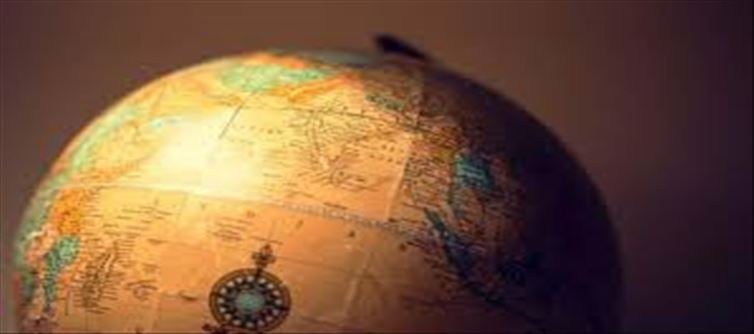
How India emerging as bridge between Global North and South?
Prime minister Narendra Modi has emphasized India's commitment to strengthen the voice of the countries of the Global South in the world and to lead global changes that take everyone along. His goal is that India should act as a bridge between the Global North and South. But what exactly is this Global North and South?
Generally, the Global North includes countries like the US, Canada, european countries, Japan, South Korea, Taiwan, Australia, new zealand and Israel. The Global South includes some countries in Latin America, Africa, the Middle east (except Israel), Asia and Oceania.
This classification historically helps to separate poor and rich countries. It is important to note that this division is not according to North-South on the world map. In fact, the Global North is the rich and powerful countries of the world. In these countries, people have higher incomes, better lives and advanced technology. Developing, less developed or underdeveloped countries are called the 'Global South'. These countries have more poverty, income inequality and difficult living conditions than the rich countries of the Global North.
Global North and South: history and Development
Dividing the world into different parts is a very old practice, such as east vs West, Old World vs New World and so on. Such divisions are found even in the writings of the 5th century BC Greek writer Herodotus (considered the first historian).
The distinction between the Global North and Global South that we see today began with the rise of european power in the modern era. Rapid technological development in Western europe during the Industrial Revolution and the colonization of the Americas created a huge gap between these north-western countries and the rest of the world.
The result was that european countries (and to a lesser extent the US) took over a large part of the world. Almost all of Africa and most of Asia and Oceania came under the direct control of northern countries. Meaning, rich countries exploited poor countries for their own benefit and prevented them from progressing.
In this way, the countries of the Global South had to face many difficulties in their history. Even today they are struggling with the challenges of poverty, inequality and development. But now these countries are raising their voice and demanding their rights in the world.




 click and follow Indiaherald WhatsApp channel
click and follow Indiaherald WhatsApp channel